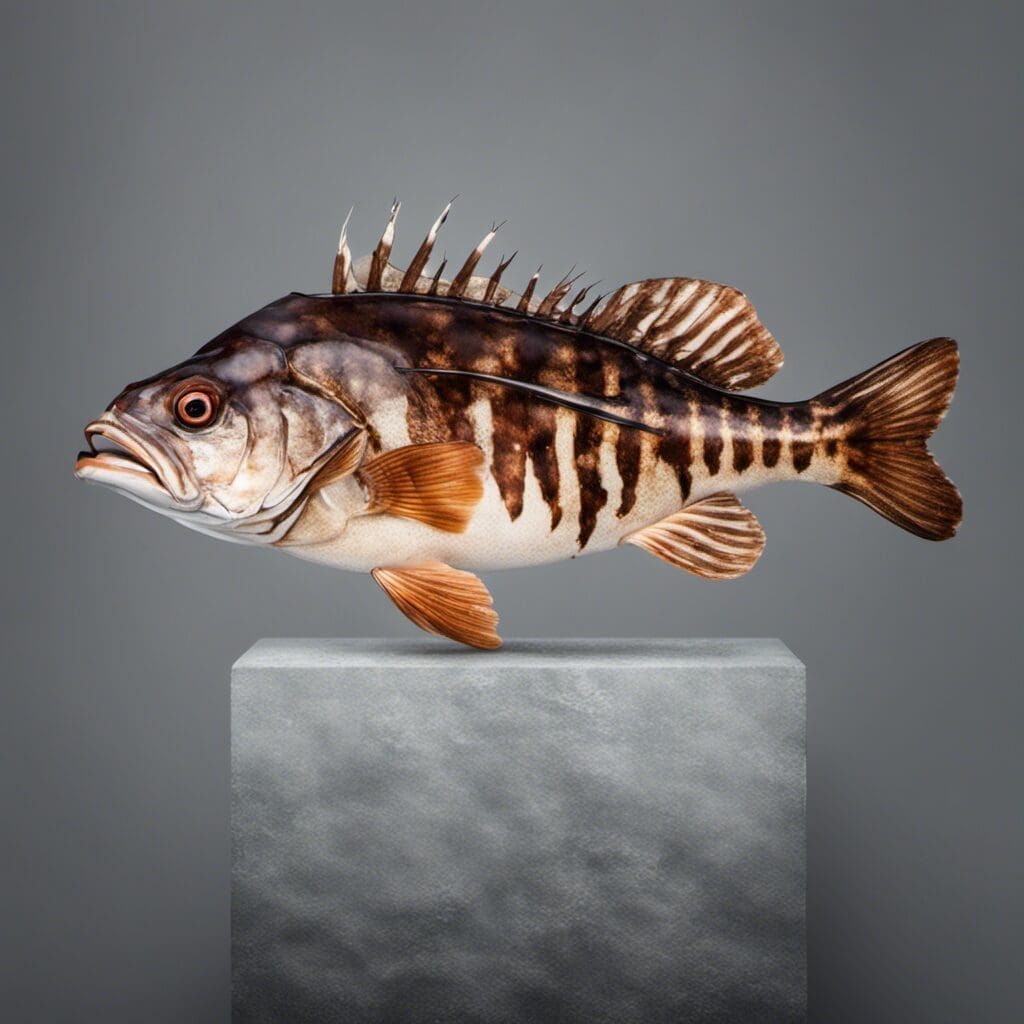Introduction
The Brown Rockfish, scientifically referred to as Sebastes auriculatus, belongs to the family of Sebastidae or the scorpionfishes and rockfishes.
Conservation Status
The Brown Rockfish is categorized as “Least Concern” by the IUCN, signaling its current plentiful status. Aided by various conservation efforts, including stringent catch and size limits, these hardy fish continue to thrive.
Statistics
| Average Length | 17 inches |
|---|---|
| Length Range | 14 – 22 inches |
| Average Weight | 2 – 3 pounds |
| Weight Range | 1 – 5 pounds |
| Average Lifespan | 34 years |
Distribution
Brown Rockfish are found along the Pacific coast of North America, from Southern Baja California in Mexico to the Gulf of Alaska. The species is non-migratory, making localized population densities common.
Habitats
These rockfish reside in saltwater bodies, specifically in rocky areas and reefs. Typically, they can be found at depths of 15 – 180 meters and prefer temperatures ranging from 39°F to 52°F.
When and Where to See
The best times to spot a Brown Rockfish are during spring and summer, usually around dusk or dawn.
Best Fishing Locations
- Gulf of Alaska, USA
- Puget Sound, Washington, USA
- Santa Monica Bay, California, USA
- Vancouver Island, British Columbia, Canada
- Juan De Fuca Strait, British Columbia, Canada
Look for underwater structures like rock piles or reefs while fishing, as Brown Rockfish tend to hide around them.
How to Catch
The preferred bait for Brown Rockfish is live shrimp, but lures like jigs can also be effective. Anglers often enjoy success with bottom fishing techniques. The ideal time to catch them is on an outgoing tide, especially during spring and summer.
Identification Guide
Brown Rockfish have a deep body with a kelp brown color and dark blotches. They are distinguished from similar species by a dark spot on the gill cover and a light-colored mouth.
Culinary
With its mild, nutty flavor and firm texture, Brown Rockfish is a popular option for cooking. They provide a great source of protein, and are often used in recipes for stews, baking, and grilling.
Additional Information
Tending to be solitary animals, Brown Rockfish feed on smaller fish and crustaceans. Humans and sea lions pose the most significant threat to the species. Their presence in folktales among Pacific coast tribes indicates their historical significance.
References and Further Reading
For more information on Brown Rockfish, check out resources like Fishbase and NOAA Fisheries.

